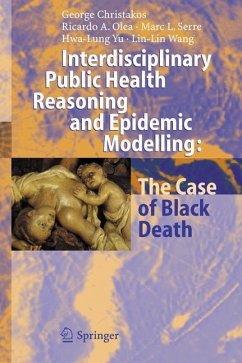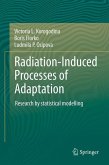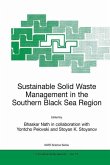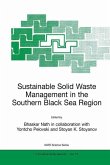If you want to achieve something, if you want to write a book, paint a picture, be sure the center of your existence is somewhere else and that it's solidly grounded; only then will you be able to keep your cool and laugh at the attacks that are bound to come. " P. Feyerabend This is a book about interdisciplinary public health reasoning and epidemic m- th elling, in general, and the study of the infamous 14 century AD Black Death d- aster, in particular. We focus on the intellectual context in which epidemic mod- ling takes place, in a way that accounts for the present-day interdisciplinary and multicultural trends in scientific inquiry. Like most scientific fields, public health research defines itself based on knowledge, which raises serious epistemic and cognitive issues. Therefore, we maintain that for public health modellers to fu- tion in an often complex environment, they should be aware of the divergent c- ceptions of knowledge and the technological changes that these imply, the mul- ple sources of information commonly available and their reliability, the different styles of thinking adopted by the disciplines involved, and the importance of - veloping sound interdisciplinary knowledge integration skills.
From the reviews: "This book is the result of a collegial effort to develop a new interdisciplinary research paradigm in public health ... . this is a message for the mass that has been packaged for the elite. Regardless of their mathematical level, all readers will however appreciate the tremendous work that went into the collection and fascinating interpretation of historical data on Black Death." (Pierre Goovaerts, Computers Geosciences, Vol. 33, 2007) "The authors' overall theme is that generating accurate and useful ... mathematical models of disease epidemiology and the impact of interventions requires a true interdisciplinary approach. ... Readers interested in the background data related to the epidemiology of the Black Death will probably enjoy perusing the detailed, annotated data appendices. This would be a fine addition to a technical library as a resource for persons who conduct sophisticated mathematical modeling." (Martin I. Meltzer, Centers for Disease Control and Prevention, January, 2006)








